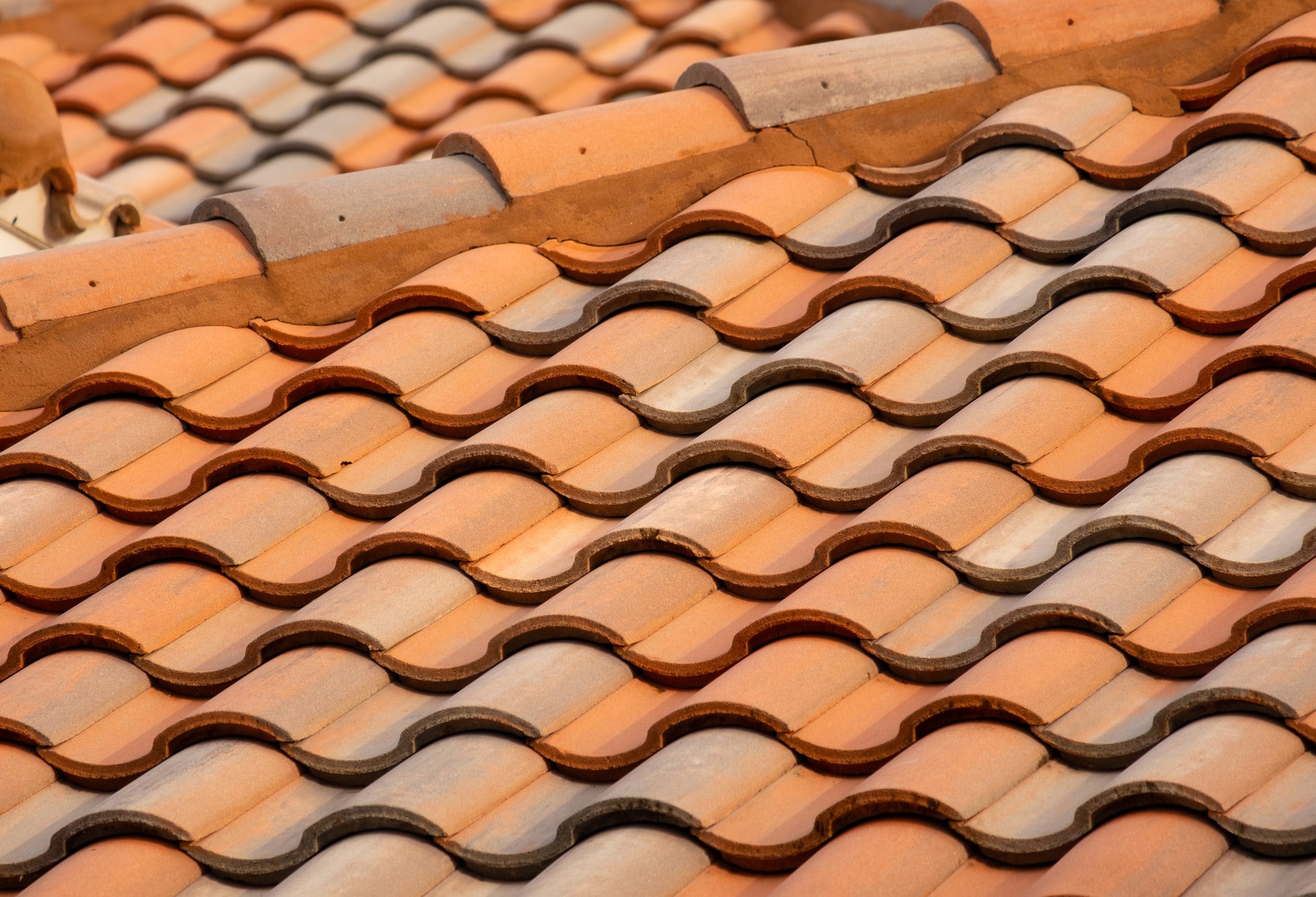Roof repair is an expensive and labor-intensive task. But it doesn’t have to be. When you don’t know how to properly do a job, it becomes significantly more difficult. That’s why it’s important to do a little research before getting started. You’ll also need to have all the right tools on hand. Trying to do a job with the wrong tools will make a simple task nearly impossible. After all, you can’t turn a screw with a hammer.
Being armed with the right knowledge is the fastest way to a good outcome. And getting the essential hints, methods, and tools required to do the job right is the most important thing to do before getting started. The article provided here aims to do just that. Prepare you with the essential knowledge and resources to restore your roof in a new and exciting way that will increase the value of your property and leave you feeling at ease for decades to come.
Do It Yourself
Of course, the number one thing you can do to save money and make huge changes on a budget is to do it yourself. DIY activities are rewarding and can save you a bundle. The only problem is doing it right. With enough research and youtube tutorials, just about any home improvement task can be accomplished if you have the right tools.
You can get tips directly from the pros on the specific task you’re about to undertake or you can just go on Youtube and search for the project that you want to do if you want some tips. Make sure you go with an actual professional and not another first-timer when you choose a video to emulate.
Choose A Durable Shingle
There are many options to choose from when it comes to restoring your roof’s shingles. Conventional asphalt shingles have the least durability and lifespan at only 20 years. Other options like slate, copper, or ceramic last significantly longer at 50 years. And metal roofs last the longest at up to 70 years before requiring replacement.
Durability and a long lifespan mean that you won’t need to replace your roof as often. You’ll likely never replace it again. But make sure your children help out so they can direct their children on how to do it when they are in their 60s. A metal roof will outlast you. Durability and longevity save you time and money.
Do Repairs Before It’s Too Late
Waiting is the enemy when it comes to mitigating damage from a malfunctioning roof. Water can seep into the smallest crack and wick into the underlying support structures, leading to rotting and premature failure. It’s important to inspect roofs, soffits, and attic spaces frequently to catch leaks early. If you do find a leak, have a roofing contractor fix it immediately or you’ll end up with a real mess and a bigger repair job later.
Spot Repair For New Roofs
If you have a newer roof, you’ll want to inspect it frequently to make sure that installation went well. Sometimes there are minor problems or oversights that you or the installer overlooked. Catching these early is the key to preventing a full rebuild.
Spot repair is important to keep your roof in good condition. You can caulk or tar leaks as a short-term repair. Over the long term, you’ll want to rebuild the malfunctioning section.
Hire Roofers To Have It Done Right
One tip that any pro will give you is to hire a professional. And there is a good reason. The professionals will usually guarantee their work. If there is an installation issue or leak, they’ll be the ones climbing up on the roof during inclement weather, not you. Not to mention, they’ll get it done right the first time. At the least, they’ll probably do it better than you can on your first attempt.
Upgrade Gutters And Downspouts
Gutter systems are essential for a good roofing system. They keep the residents dry and allow them to come and go without getting drenched. Like all systems, gutters need to be frequently maintained. When gutters get full, they no longer allow water to be diverted from the roof correctly.
When this happens, water pools up in the gutters overflow onto passersby below and causes damage to the roof and house. Properly functioning gutters divert water away from the house. When they are full and can’t drain, this feature is lost and water touches the house directly. That causes water damage and will require extensive structural repair if left long-term. Downspouts must also direct water away from the foundation to work effectively. If water is pooling up against the house, it’s seeping into your foundation and may contribute to flooding.






Leave A Comment